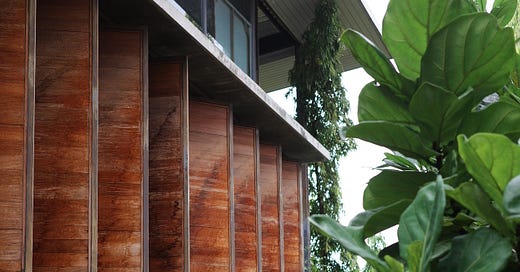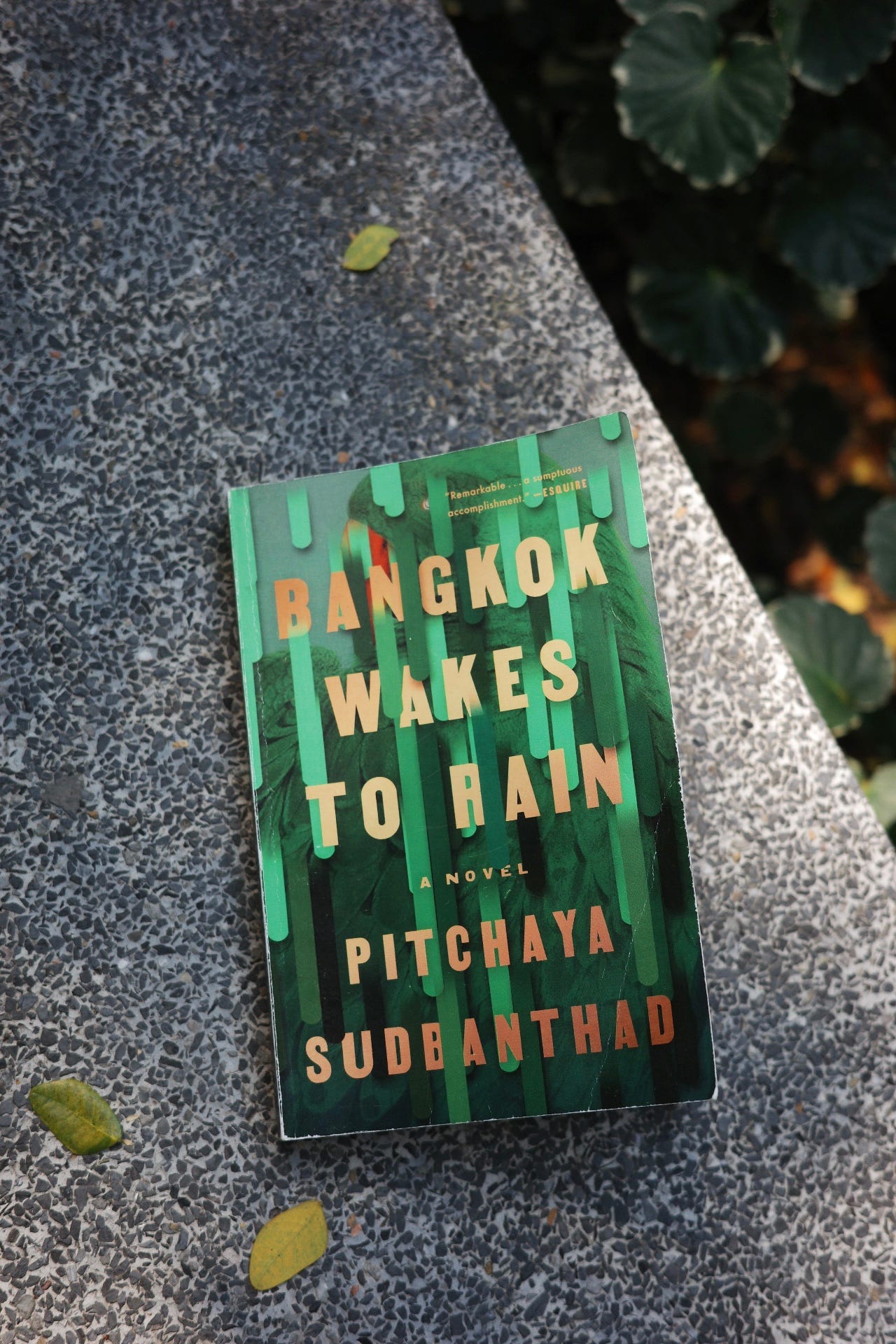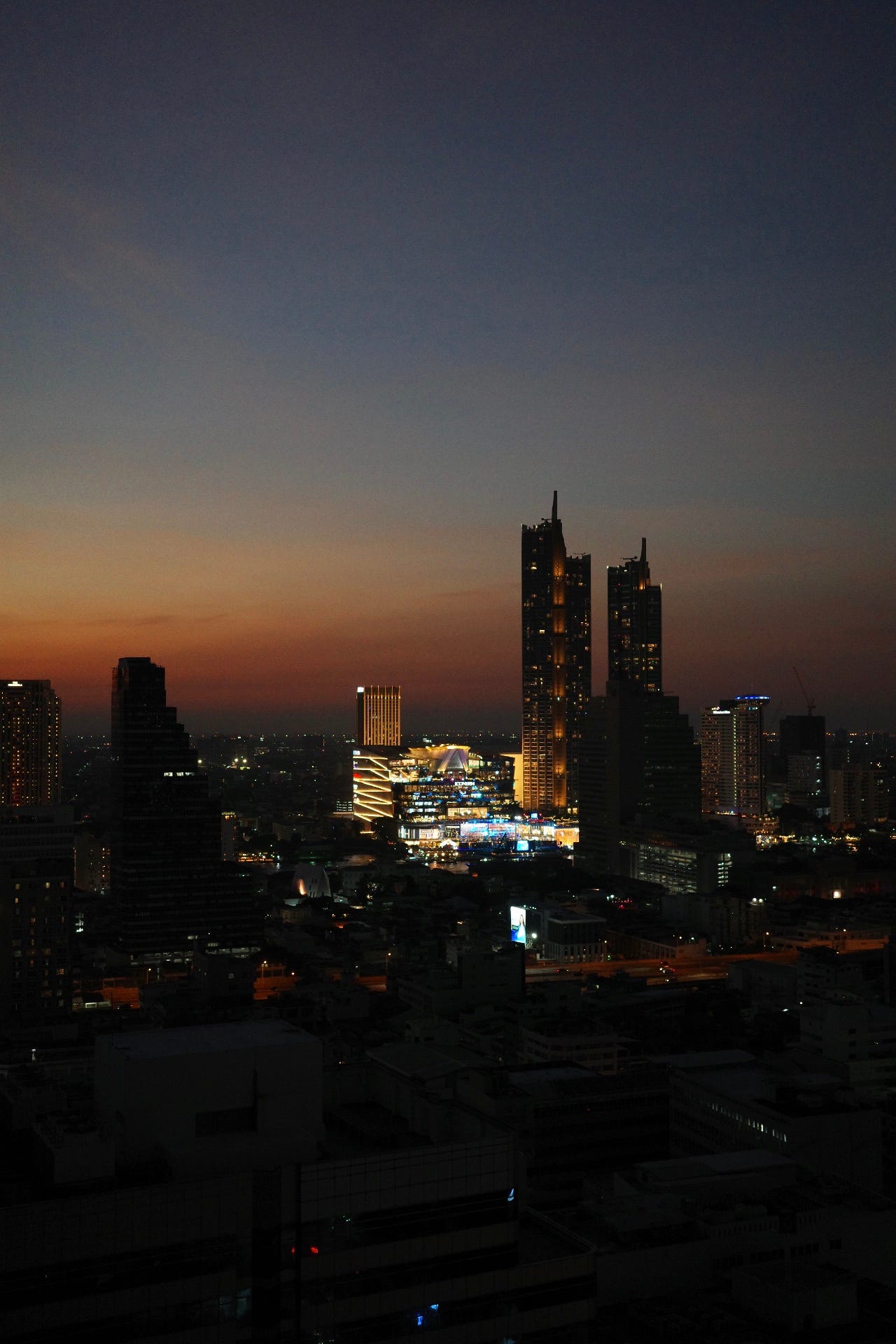Reading Bangkok Wakes to Rain (in Bangkok)
There is no better place than Krungthep to read this novel about Krungthep.
I discovered Bangkok Wakes to Rain by Pitchaya Sudbanthad while doing one of my favourite activities in Bangkok – browsing the ‘Thailand and Southeast Asia’ section at Asia Books in the unassuming Silom Complex mall. Who knew Bangkok’s proper name is Krungthep? Or rather, it begins with the word ‘Krungthep’ and is followed by a long list of others. When spoken in full in one breath, the name sounds like a spell.
Perhaps every person who comes to Bangkok falls under its spell – the Krungthep natives, expatriates, and tourists alike. In this sweeping novel, a number of characters living in Bangkok at different times: an American missionary in a 19th century Krungthep witnesses diseases devastate the city and his mission disintegrate; a woman survives the violence against the 1973 student protests but lives with its trauma for rest of her life; a man spends most of his life abroad, nostalgic for his childhood city, but can never return; a wealthy society woman gives up her family house for it to be rebuilt into a modern condo; after rock ‘n’ roll has put him out of work in New York, a black American jazz musician heads east for new opportunities and becomes a permanent exile; a man with many prospects who ends up living a sad, spent, lonely life; in the near-future, after a deluge, Bangkok is a drowned city and survivors live in ‘new Krungthep’, raised above where the BTS Skytrains used to be; and after her body dies, a woman’s memories live on in a virtual space with the past of Krungthep.
And there are the minor characters, too: a caretaker sleeping on a cot on the floor of her charge; a teenage migrant worker who dies in an accident constructing a condo; a plastic surgeon who questions the nature of his occupation; a schoolboy who locks himself in his room for months for reasons unexplained.
These tales at first read like short stories, or vignettes, with no clear beginnings nor endings but only each of their ongoing present-time; they are stories with no great dramatic arcs, only of ordinary lives of ordinary people, like people we know in life, whose stories we hear of but will never fully get to know. Later, you notice the lives of the characters are threaded together, take on the shape of causes and consequences of each other and vice versa, and are joined by a place called Krungthep as well as in what we all live – time.
At the end of the novel, one of the main characters, Nee, recalls the folklore told to her by her father: do not stop to linger in an otherworldly village, because there a day would turn out to be decades in ours.
For myself, Bangkok with its endless summer seems like a place existing outside of the time I normally inhabit, an otherworldly city, an illusion; every morning I wake up to its skyline, and every day I sit in the glass-walled study room of my building surrounded by lush tropical plants, I feel none of this is real. After months in Bangkok, I still cannot comprehend my existence here. Time seems to go faster here, and yet time seems to go nowhere. Perhaps many days here would turn out to be only one day elsewhere.






